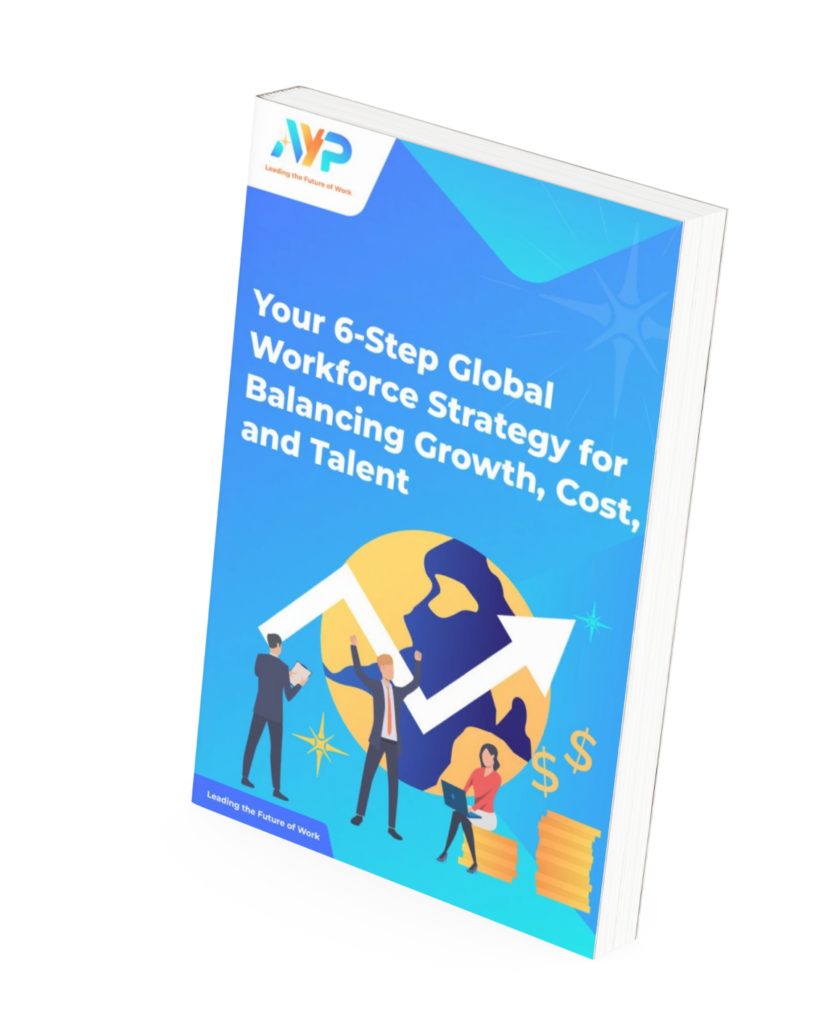Because happy employees are productive employees. Who doesn’t love a cheerful workspace?
To retain the best employees, all companies should probably use this mantra: If you neglect it, you will regret it. After all, the recent phenomenon of the ‘Great Resignation’ has seen employees leaving their jobs all over the world in pursuit of new interests or greener pastures.
So, as an employer, how are you to enhance your company’s effectiveness in hiring and retaining employees? Simple. You cannot afford to neglect your employees’ welfare, such as providing a competitive salary and solid work benefits.
By offering relevant work benefits, and meeting current and future employee expectations during the hiring process, you can stand out from an increasingly competitive workforce. Here, we give you four key points that employees are looking out for when job hunting.
1. Competitive salaries best show your employees appreciation
A competitive salary is the first consideration of any employee. It helps them feel appreciated and an appreciated employee will, in turn, reward you with greater productivity and effort. Who doesn’t like to feel fairly remunerated and afford occasional luxuries? Some would say that competitive salaries are perhaps the best indicator of an employer’s appreciation of employees.
According to research done by the Society of Human Resources (SHRM), directly replacing an employee can cost as high as 50% to 60% of an employee’s annual salary. Total costs may even come up to 90% to 200% of annual salary, so it’s actually much cheaper in the long run to improve employee retention.
As an employer, you have to understand market trends to offer adequate remuneration to keep your employees. The shifting landscape of employee pay scales would mean constantly changing standards for a given industry.
This is where superior HR services help you create and maintain an accurate, competitive pay scale that avoids expensive mistakes in the long term.
2. Better motivate your employees with employment benefits
Aside from salary, employment benefits are equally important. In fact, work benefits such as mandatory leave days, medical leave, health insurance, bonuses, and retirement contributions are usually considered non-negotiables for employees.
In Singapore, employers are also required to contribute to the employees’ CPF to ensure better retirement and financial prospects in the long term.
Today, many companies take this a step further by considering wellness packages and skills upgrading programs to be a part of the employment benefits. By investing in your employees’ welfare and growth trajectory in the long-term, you are encouraging future employees to work for you and this will easily boost employee retention.
The best part is, you don’t have to manage this by yourself. Outsourcing the management of your employee benefits may even lower the cost of administration, maintain and even improve these necessary aspects to keep all employees happy.
3. Flexible work arrangements increase employees’ productivity
Remote and flexible work arrangements today are all the rage. Future employees are keen to have more flexibility regarding where and how they work. In fact, 87% of employees in the general workforce expressed that flexible work arrangements boost their level of productivity.
This also accompanies the rise of the global workforce – a relatively recent global phenomenon that has seen more organisations hiring across the world. With the increasing popularity and convenience of collaborative cloud-based platforms, flexible work arrangements are definitely here to stay for both organisations and employees.
To appeal to future employees, employers should consider flexible work arrangements. Not only will it help your organization to widen the talent pool of future employees to choose from, but employers can also catch the attention of freelancers, gig workers, and talents based all over the world.
Do note that, if you plan to do so, you as an employer may need to begin structuring work contracts that adapt to the requirements of employees. This requires specific expertise that a PEO or HR service provider will be able to readily offer to make this transition a fruitful, seamless one.
Curious about the different contracts you might end up encountering? Read here to find out the four different contracts every HR person needs to know.
4. Work culture is the new push and pull factor for younger employees
Last but not least, more employees today are placing increased attention on an organization’s work culture. Consider the messaging your company puts out on its social touch-points. Does your organization reflect the modern values of inclusivity, diversity and sustainability?
Does it offer an encouraging and nurturing environment that fosters employee growth? These questions are a good starting point for employers to consider when attempting to redefine an organization’s culture.
These preferences are becoming a trend that just keeps getting stronger, so it may do your company good to revamp your organizational culture to become more attractive to future employees of the younger generation.
The concerns of future employees are constantly changing, but staying ahead in your process of scouting and hiring talents doesn’t have to be difficult.
This is where AYP can help your hiring process keep up with the latest global trends and practices.


